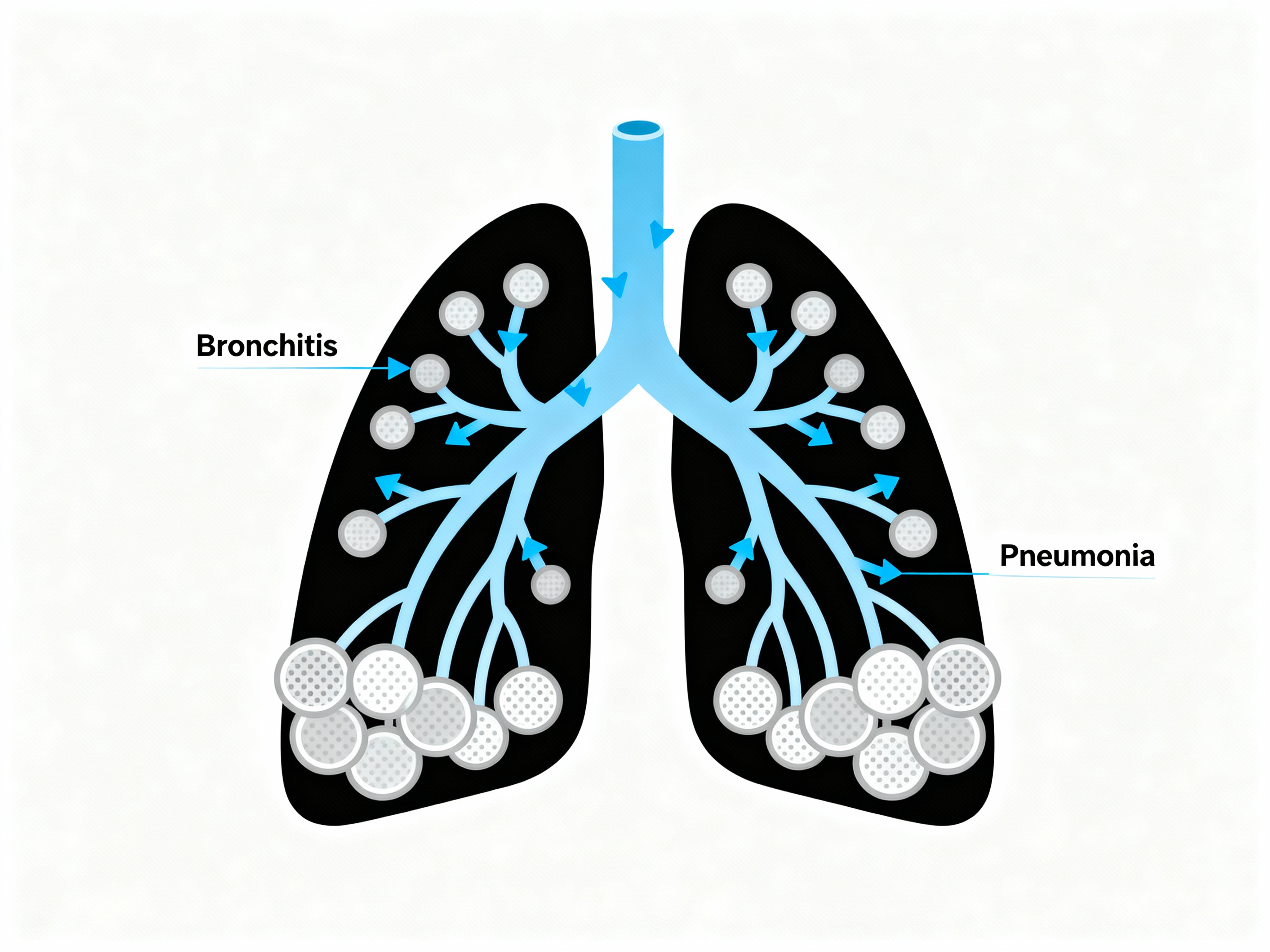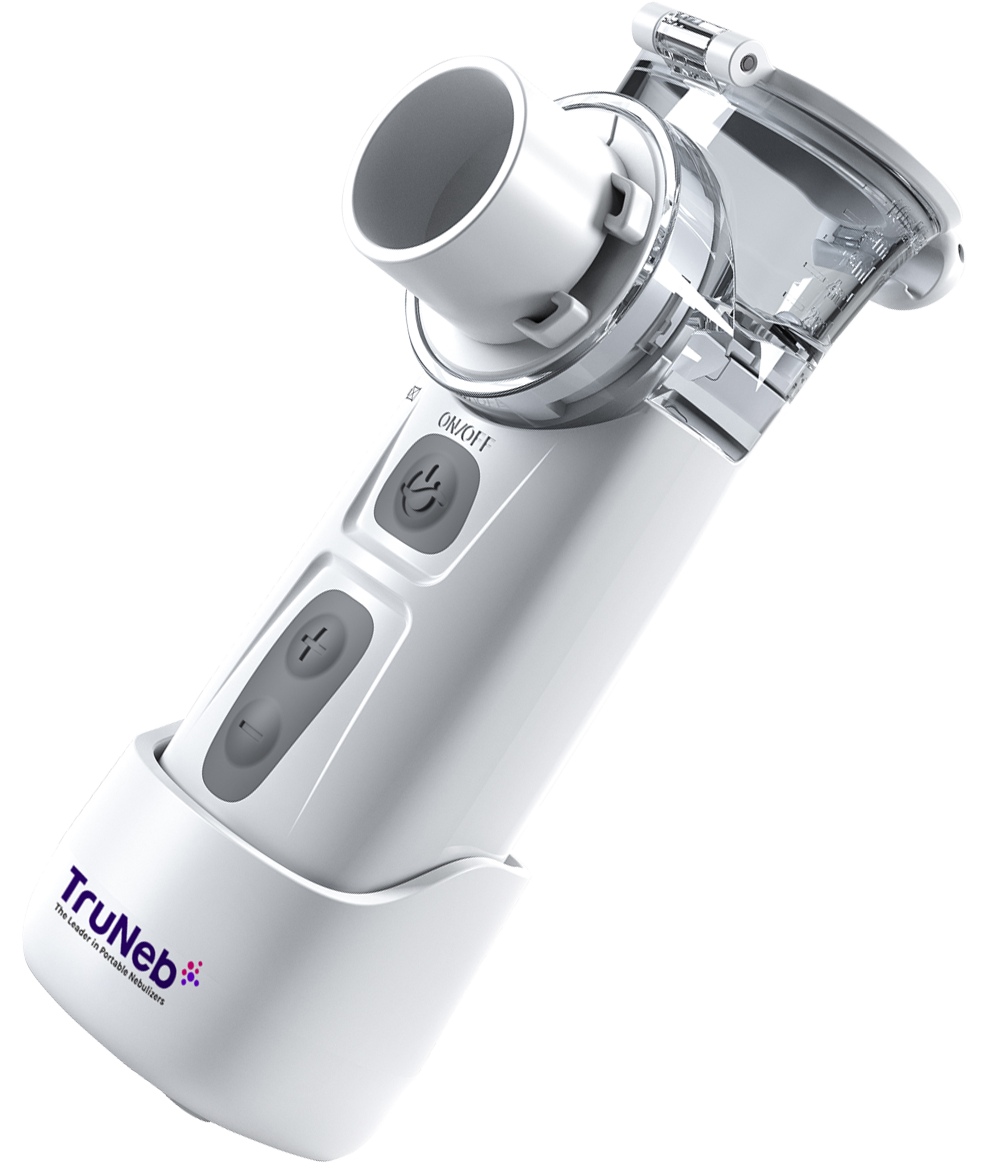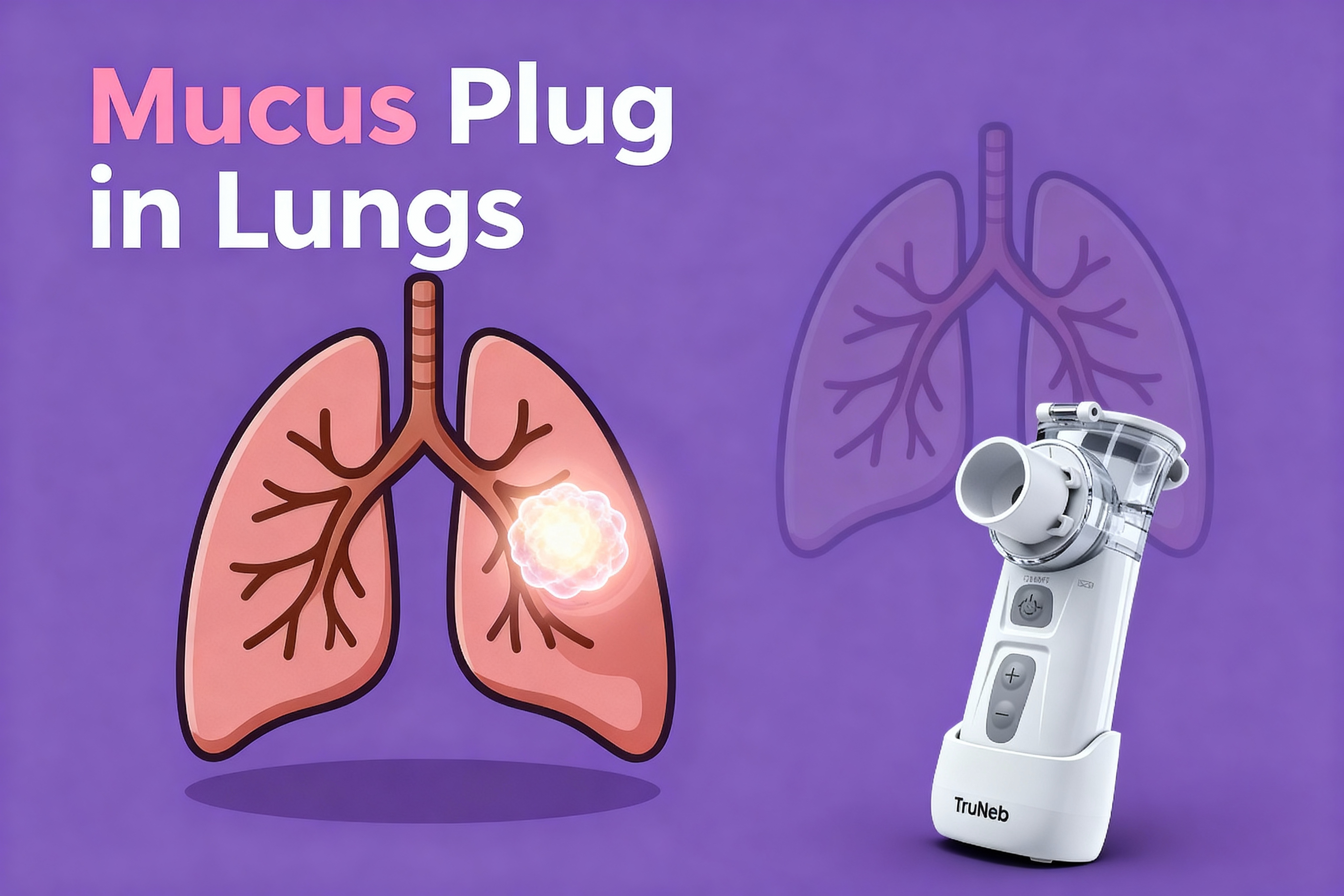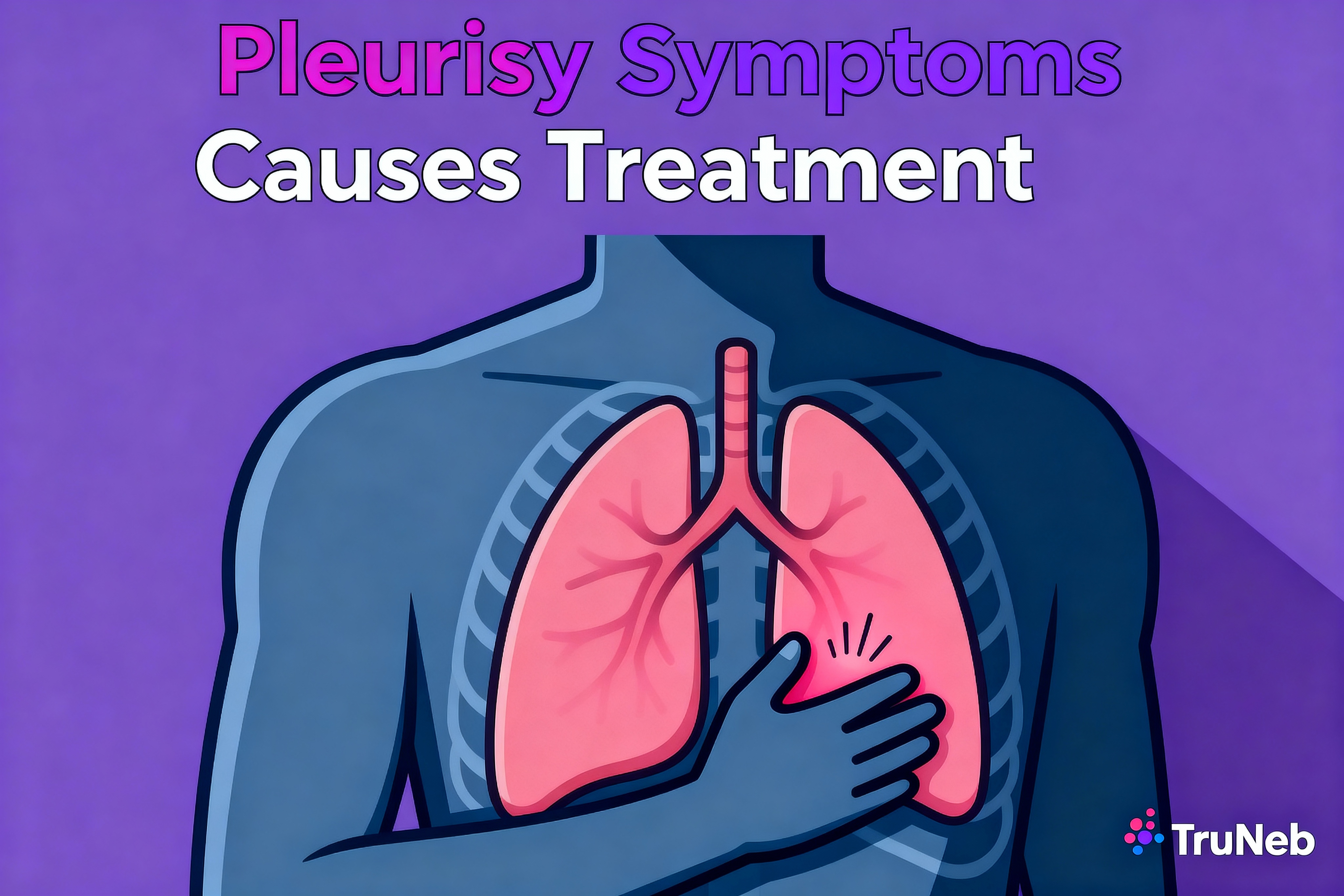On this page

Bronchitis by itself doesn’t usually turn into pneumonia. But you can develop pneumonia during or after bronchitis, especially if you’re older, very young, smoke, or your immune system is run down.
Key rule of thumb: new high fever, harder breathing, or chest pain can signal pneumonia and means it’s time to see a doctor.
Bronchitis vs. Pneumonia: What’s the Difference?
Bronchitis means the bronchi (airway tubes) are inflamed and usually filled with mucus. Pneumonia is an infection in the tiny air sacs (alveoli) where oxygen enters your blood. Both can cause cough and fatigue. Pneumonia tends to cause higher fever, faster breathing, chest pain, and can drop oxygen levels.
This section focuses on acute bronchitis; chronic bronchitis is part of COPD.
Simple way to picture it: bronchitis affects the airways, pneumonia affects the air sacs deeper in the lungs.

| Feature | Bronchitis | Pneumonia |
|---|---|---|
| Where | Bronchial tubes (airways) | Alveoli (air sacs) |
| Usual cause | Usually viral | Often bacterial; can be viral |
| Fever | Low-grade or none | Moderate to high; may spike |
| Breathing | Wheezing or mild shortness of breath | Shortness of breath; faster breathing |
| Chest pain | Soreness from coughing | Sharp pain with deep breaths/cough |
| Common tests | Exam; often no imaging | Exam plus chest X-ray if suspected |
| Typical treatment | Rest, fluids; symptom relief | Antibiotics if bacterial; sometimes hospital care |
Note: Patterns shown are typical in adults; individual cases vary by cause and health status.
Can Bronchitis Progress to Pneumonia?
Bronchitis doesn’t usually turn into pneumonia. But you can end up with both around the same time in a few ways:
- Co-infection: A virus like the flu can inflame your airways (bronchitis) and also infect the air sacs (pneumonia) at once.
- Missed early pneumonia: Early symptoms overlap. What seems like bronchitis at first may later be confirmed as pneumonia on a chest X-ray.
- Secondary bacterial pneumonia: After viral bronchitis, bacteria can move in while your lungs are irritated and your defenses are busy.
Most healthy people with acute bronchitis do not develop pneumonia. The risk is higher in older adults, infants, smokers, and those with chronic lung or immune issues.
These scenarios explain why someone with bronchitis can also end up with pneumonia.
Who Has Higher Risk for Pneumonia After Bronchitis?
- Adults over 65 and infants: Immune defenses are lower.
- Smokers or people with COPD/asthma: Damaged airways clear mucus poorly.
- Weakened immunity: Cancer therapy, HIV, diabetes, or serious illness can raise risk.
- Recent flu or severe viral illness: Inflamed lungs are easier to infect.
- Long-standing bronchitis symptoms: Chronic bronchitis is linked to repeat infections.
If you’re in a higher-risk group, check in with your doctor sooner if your cough and breathing aren’t improving.
Older adults, infants, smokers, and people with lung disease or weak immunity face higher risk.
Signs Your Bronchitis Is Getting Worse (See a Doctor)
- High fever or a fever that returns: A temperature over about 101°F (38.3°C), or a new fever after you started to feel better.
- Breathing gets harder: Shortness of breath, faster breathing, or oxygen levels dropping if you have a pulse oximeter.
- Chest pain: Sharp pain when you breathe deeply or cough.
- Severe fatigue or confusion: Feeling very weak, or confusion (especially in older adults).
- Cough getting worse or lasting beyond 2–3 weeks: No trend toward better.
- Bloody or rust-colored mucus: Or thick mucus that isn’t clearing.
- Can’t keep fluids down: Vomiting or poor intake raising dehydration risk.
Doctors usually listen to your lungs and might order a chest X-ray to check for pneumonia if these signs appear.
⚠️ If you have severe trouble breathing, bluish lips/face, chest pain that doesn’t ease, or confusion, call emergency services or go to the ER.
New high fever, harder breathing, chest pain, or confusion can signal pneumonia.
How to Lower the Chance Bronchitis Leads to Pneumonia
- Rest and fluids: Helps your body fight infection and thin mucus.
- Humid air or steam: Loosens mucus and soothes airways.
- Ask your doctor about cough medicine: If your cough brings up mucus, suppressants can make it harder to clear.
- Avoid smoke: No smoking or secondhand smoke while you heal.
- Follow your care plan: Viral bronchitis doesn’t need antibiotics, but bacterial pneumonia usually does. See a doctor if symptoms worsen.
- Stay up to date on vaccines: Annual flu shot and ask about pneumococcal vaccine if you’re in a higher-risk group.
The TruNeb™ portable mesh nebulizer can help deliver prescribed inhaled medicines when your chest feels tight or wheezy, at home or on the go. It’s one tool to make airway care simpler during recovery.
You might see boxes labeled "steam inhaler" — these are NOT nebulizers and aren’t used to deliver prescription medications.
Rest, hydration, airway care, smoke avoidance, and vaccines help reduce pneumonia risk.
Safety note
Talk to your doctor before trying a new medication or changing how you use current medicines. If you notice red-flag symptoms like high fever, trouble breathing, chest pain, or confusion, seek medical care promptly.
The Bottom Line
Bronchitis and pneumonia are different. Bronchitis affects the airways; pneumonia infects the air sacs. Bronchitis doesn’t usually become pneumonia, but pneumonia can appear during or after bronchitis in some people. Take care, watch for warning signs, and get checked if your symptoms are getting worse.
Most people with bronchitis don’t develop pneumonia, but it can happen, especially in higher-risk groups.
Frequently Asked Questions
Tap or click a question below to see the answer:
Bronchitis doesn’t usually turn into pneumonia. But you can develop pneumonia during or after bronchitis, especially if you’re older, very young, smoke, or have a weak immune system. Watch for new or returning fever, worsening shortness of breath, chest pain, or confusion and see a doctor.
Yes. A virus like flu can inflame the airways (bronchitis) and also infect the air sacs (pneumonia), or pneumonia can develop as a secondary bacterial infection while you have bronchitis.
Yes. Pneumonia infects the lungs' air sacs and typically causes more severe symptoms—higher fever, faster breathing, chest pain—and sometimes needs antibiotics or hospital care, whereas bronchitis affects the airways and is usually milder.







